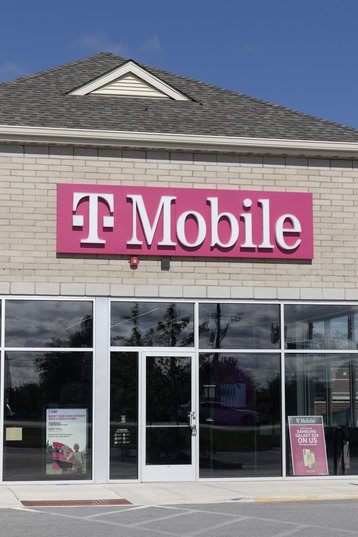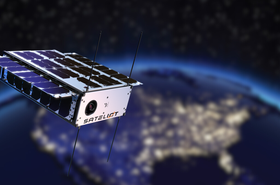T-Mobile this week announced it sent and received a wireless emergency alert (WEA) via satellite.
In doing so, the carrier claims the trial is the first of its kind in the US and said that the "breakthrough opens up the 500,000 square miles of lightly populated, mountainous, and uninhabitable land across the country to critical, life-saving emergency alerts."
The test alert was carried out on September 5, where the alert was sent 217 miles into space.
From there, T-Mobile said it was received by one of the more than 175 Starlink direct-to-smartphone satellites currently in low earth orbit. The satellites effectively operate as cell towers in space.
T-Mobile explained the alert was then broadcast to a geographic area impacted by the hypothetical evacuation notice and received by a T-Mobile smartphone.
"This is one of those days, as the CEO of a wireless company, that makes me pause for a moment and reflect on how technology advancements and the work we’re doing is truly impacting life and death situations," said Mike Sievert, CEO, T-Mobile.
According to the carrier, emergency operators were able to queue up an emergency message in just seconds, before delivering a message via Starlink satellites to users on the ground.
The test alert builds on T-Mobile's existing partnership SpaceX subsidiary Starlink. The companies first announced their partnership in August 2022, as the carrier set out plans to provide mobile signal connectivity from space with the target of leaving no area without coverage in the US.
Last week, SpaceX founder Elon Musk confirmed that Starlink will provide mobile phone Internet in the US exclusively to T-Mobile for just one year.







